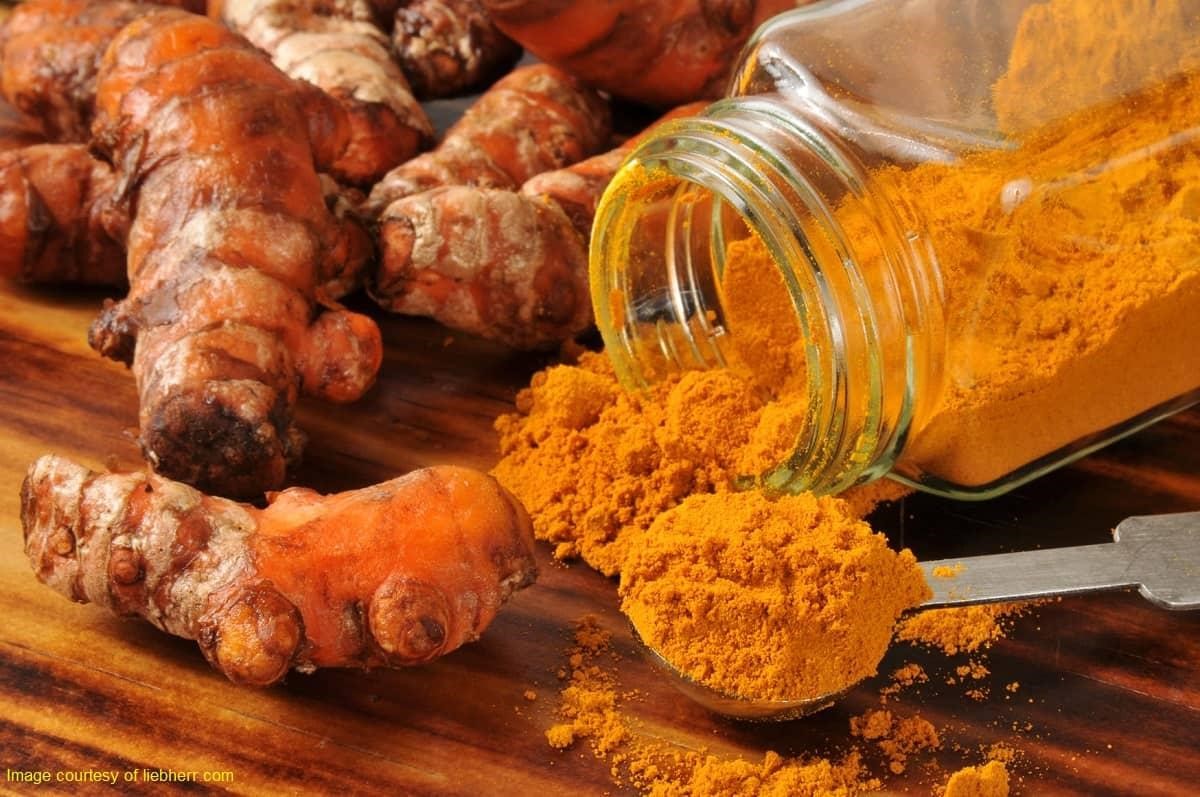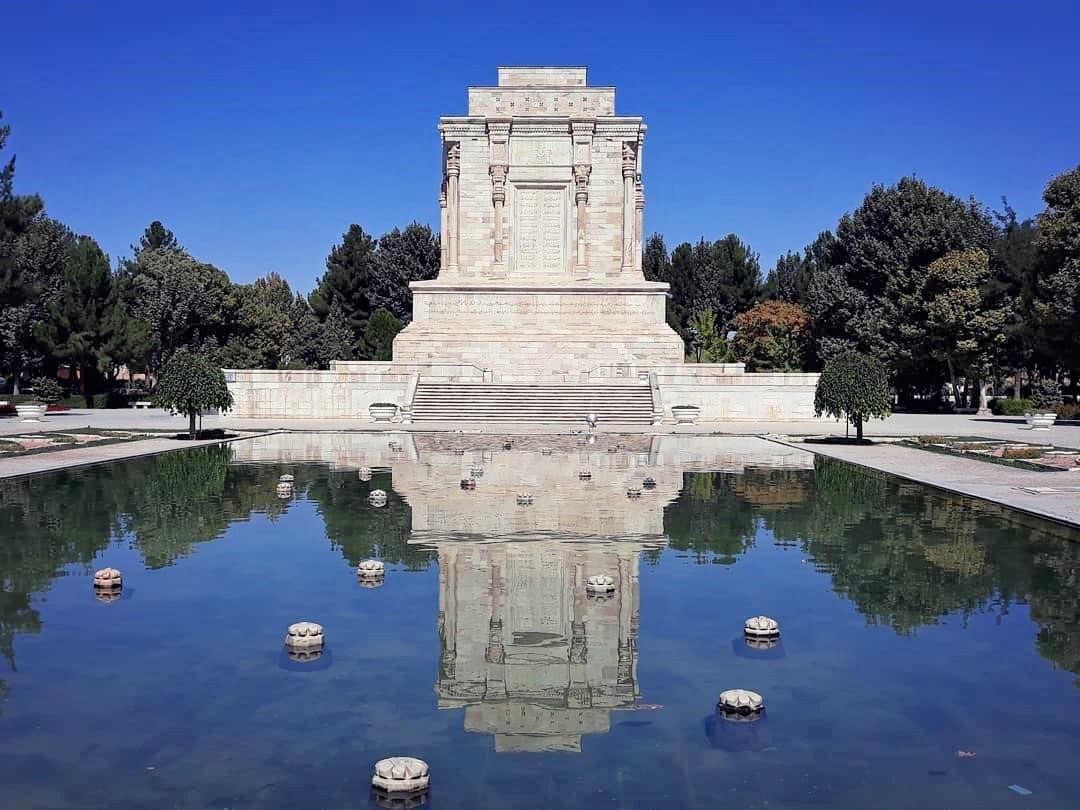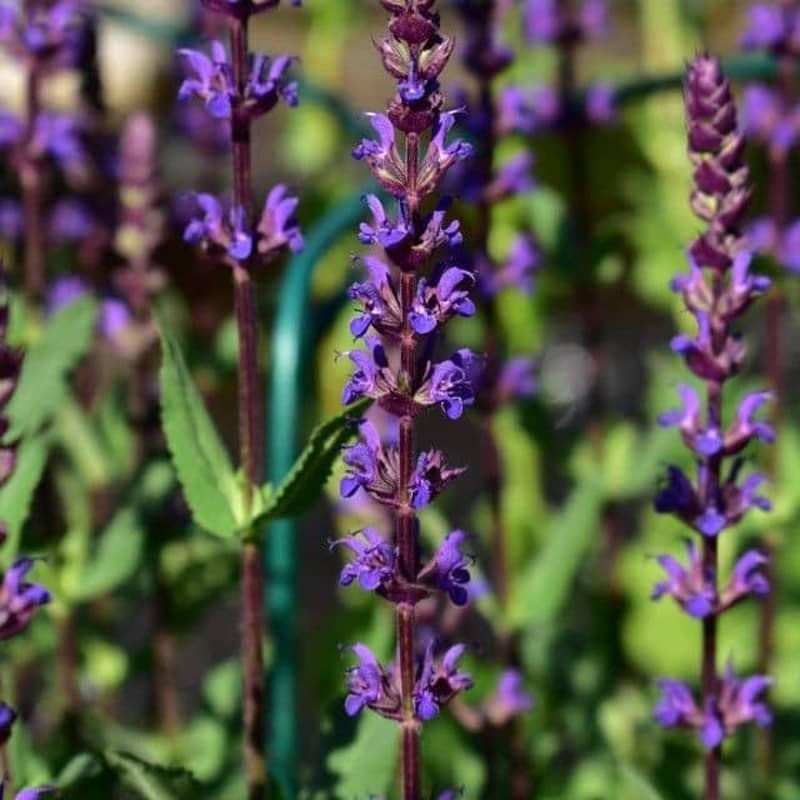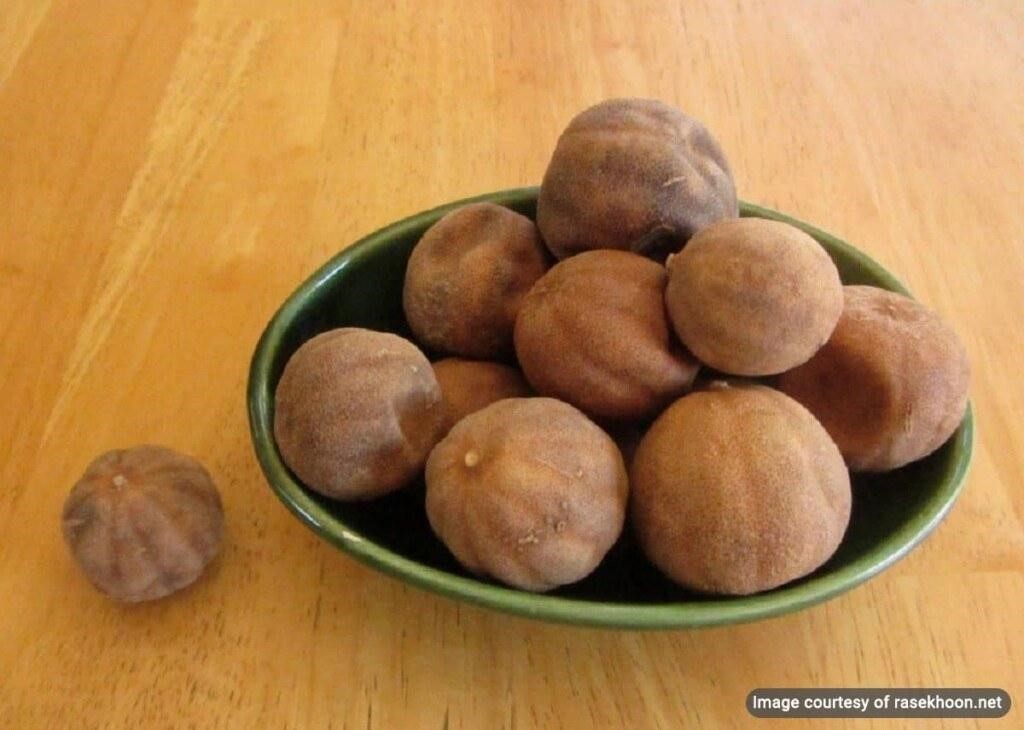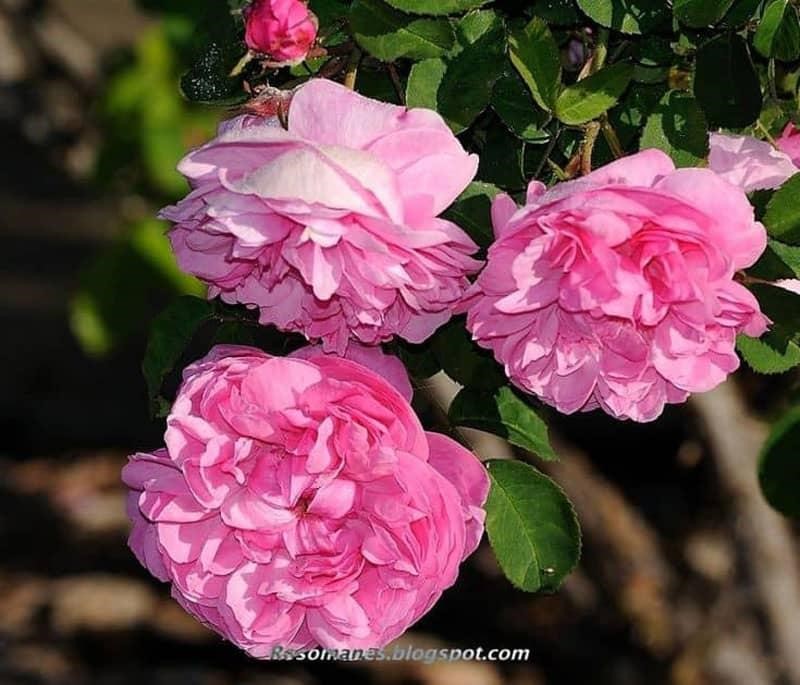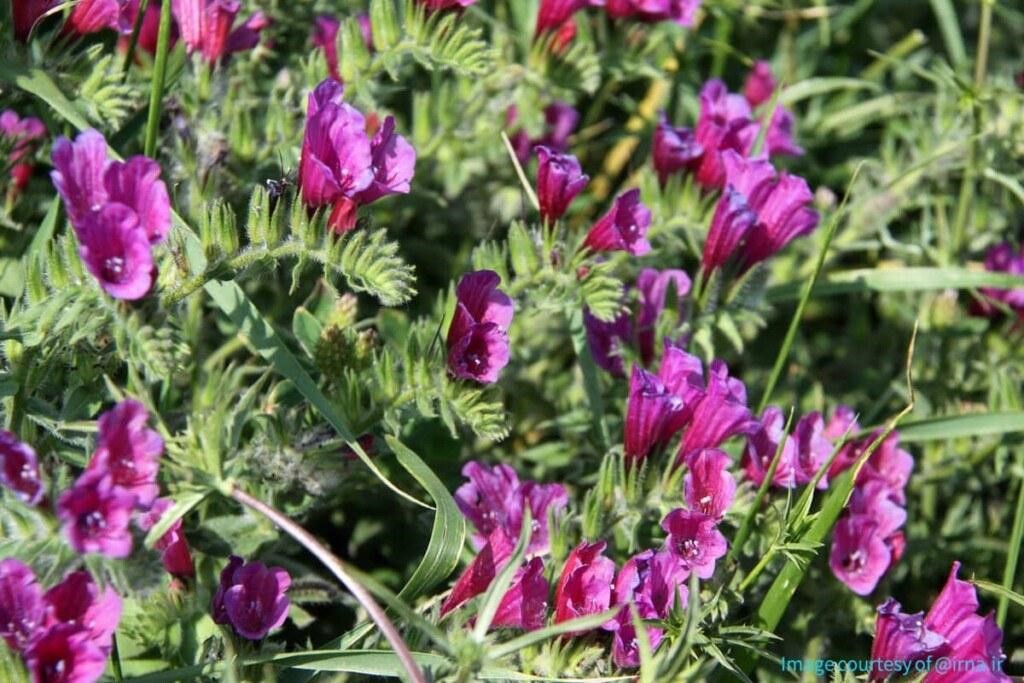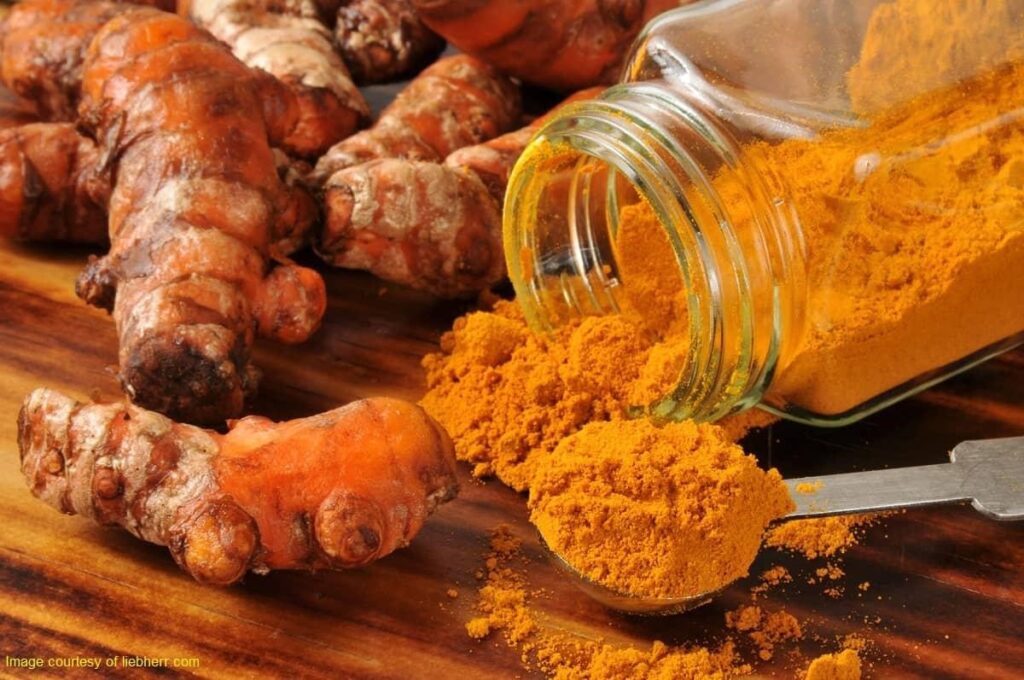
Turmeric, also known as carcumin, is one of the most common traditional herbal spices in Asian cuisine and Iranian food. Turmeric is one of the main ingredients of a famous spice called “curry powder”. Curry powder is widely used in Indian food and is the mix of several other spices. Turmeric is one of the strongest herbal antioxidants, so in addition to taste and main use as a spice, it has medicinal benefits and is classified in the category of medicinal herbs.
This plant is native to India and South Asian countries. The ideal temperature for the cultivation of this plant is around 20-30 degrees Celsius in addition to a humid environment. This plant does not grow in Iran and is considered one of the imported goods.
What Part of the Turmeric Plant Is Useful?
The perennial turmeric plant has rhizomes that are the horizontal underground stems of the plant, also known as root stalks. These are the main part of the herb and turmeric spice is obtained from the rhizomes.
Farmers pull the root stalks out of the ground and separate the sub-stalks from the main rhizomes. After washing and boiling the roots, they are sun dried. The dried roots are ground into a yellow-orange powder, which is called turmeric powder.
Traditional Uses of Turmeric Powder
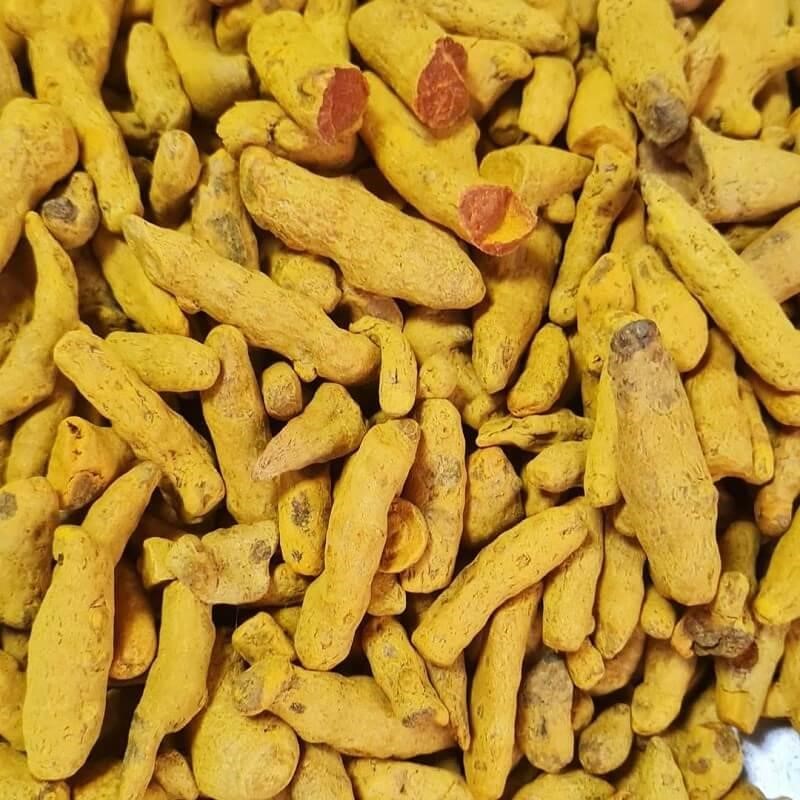
In Iran, India and Pakistan, the dried and ground turmeric herb is used for cooking or mixed with other spices. In some countries, the leaves of this plant are used to cook Dolma, a traditional wrap. Turmeric powder is traditionally used for flavoring food, but in some countries, they use this spice for food coloring.
Turmeric, A Traditional Herb with Huge Health Benefits
Turmeric is one of the most powerful antioxidants that helps reduce inflammation, rejuvenates the skin, and improves memory function. Turmeric is rich in the antioxidant curcumin, which has proven beneficial for treating diabetes. Turmeric also contains vitamin C and B6 and various minerals such as iron and potassium. The presence of these substances give it a salty and spicy taste. In this article, we describe some of the medicinal properties of turmeric herb:
Cancer Prevention
Turmeric has strong antioxidant properties, so it protects the cells against free radicals and prevents the growth of cancer cells in the body.
Decreases Blood Sugar in Diabetic Patients
Turmeric increases insulin secretion in the blood, and since the level of insulin has an inverse relationship with blood sugar levels, it reduces blood sugar levels in diabetic patients.
Reducing Intensity of Alzheimer’s Disease
Studies suggest that turmeric can reduce the intensity of Alzheimer’s disease to some extent. Alzheimer’s disease is caused by the formation of misfolded proteins called “amyloid plaques” between nerve cells. The curcumin present in turmeric inhibits the formation of these plaques.
Anti-inflammatory and Analgesic Properties of Turmeric
The curcumin in turmeric has similar properties as conventional pain relief medication.
Reduces Chances of Cardiovascular Failure and Heart Disease
There is a thin layer of intravascular cells in the human heart that protects the inner part of the blood and lymphatic vessels. Most common heart diseases are caused by the failure of this layer as it is responsible for regulating blood pressure and blood coagulation. The curcumin present in turmeric improves the function of this intravascular layer.
Turmeric for Cancer Prevention and Cancer Treatment
As you know, cancer is caused by the harmful expansion of unregulated cell growth. Curcumin in turmeric spice can kill these cancer cells and decrease the growth rate of tumor blood vessels. It also prevents cancer cells from metastasis or spreading to other areas of the body. This traditional medicinal herb plays a significant role in the prevention of all types of cancer, especially colon cancer.
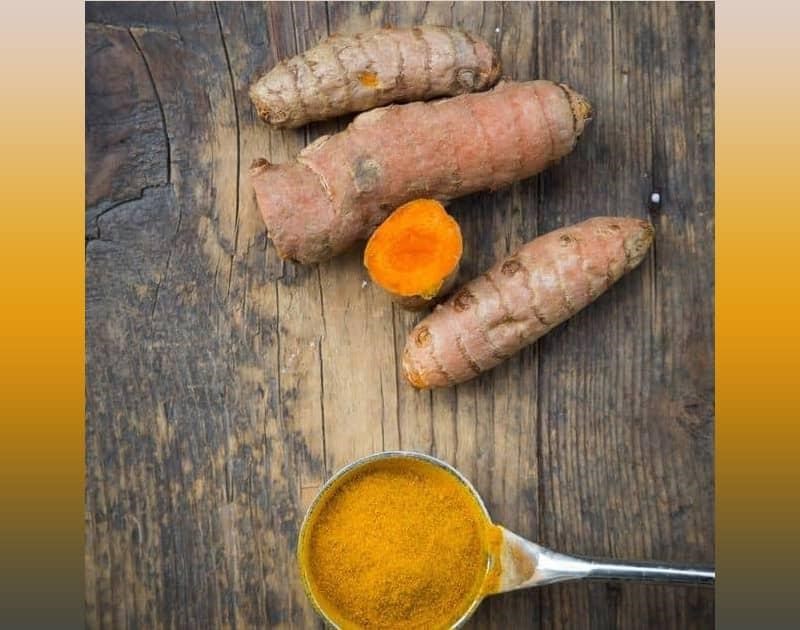
Learn More About Turmeric Medicinal Benefits
As mentioned earlier, turmeric is one of the most popular imported spices in Iran, which also has medicinal properties due to its strong antioxidant, curcumin. This spice is used in most traditional Iranian food recipes and is one of the most popular spices in Iran.
At Destination Iran, as part of our effort to promote food tourism in Iran, we introduce the most common medicinal herbs of Iran. These herbs are recommended in Iranian traditional medicine, an important part of Iranian cultural heritage and identity.






